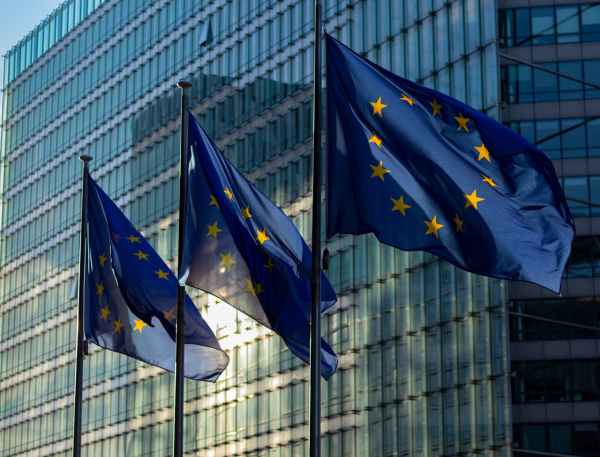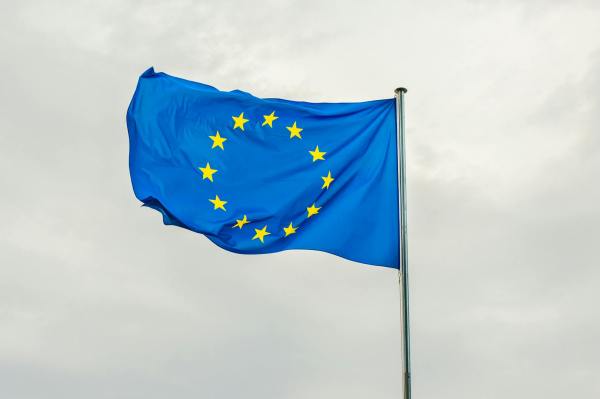Sustainable digitalisation can be referred to as the process of digitalising the economy in a long-lasting green and organic way.
In the Digital Decade and beyond, Europe faces two important challenges: the green and digital transitions. Neither of the two transitions can succeed on the long term without the other, they reinforce each other.
Meanwhile, both are equally important to the goal of transforming Europe to a globally competitive, climate-neutral digitalised economy and society.
The European Green Deal and the New Circular Economy Action Plan have set out an ambitious agenda for environmental policy. Then, the European Industrial Strategy has drawn up actions in the area of innovation, investment, standards, fair competition and efforts to reduce barriers to the single market.
Digital and green transitions: symbiotic relationship
It is acknowledged that digitalisation can contribute to the decoupling of the economic activity from non-renewable natural resources use, while limiting their environmental impacts. Furthermore, it can promote circular business models in the private sector and addresses important market failures that stands in the way of scaling up circular activities.
At the same time, we need to ensure that digital technologies do not generate more Greenhouse Gas (GHG) emissions than they allow to save. At present, according to the European Commission, digital technologies account for between 8-10% of our energy consumption, and 2-4% of our greenhouse gas emissions – small percentages but big impact (ex: in terms of tons of Co2 emissions).
The EU is investing in opportunities and introducing new measures to achieve our green and digital goals for the next decade. For instance, it is fostering the development and deployment of greener digital technologies as well as advancing in methods and tools to measure the net impact of digital solutions on the environment.
Initiatives such as the European Green and Digital Coalition are essential to explore voluntary and binding measures to help the private sector become climate neutral and use more renewable resources.
How can networks contribute to the digital and green transitions?
Telefónica believes that the digital revolution has the potential to transform our world more profoundly than any previous revolution, with a particularly positive impact on sustainability. However, to unleash its potential, digital technologies need reliable, resilient, and efficient telecommunications networks.
It is worth noticing that while network traffic has increased exponentially over the last decade, network’s energy consumption and carbon emissions have remained stable. We have been able to increase the sustainability of our networks thanks to three main catalysts: energy efficiency, renewable energy and green financing instruments.
- Firstly, Telefónica has carried out more than 1,440 energy efficiency projects to increase the sustainability of its network. In addition, it continues to invest in the roll-out of more efficient networks, such as 5G and fibre.
- Secondly, in the Group’s main markets (Europe and Brazil), as well as in Peru and Chile, 100% of the electricity used by Telefónica comes from renewable sources. Furthermore, Telefónica aims at having 100% of electricity from renewable sources globally by 2030.
- Finally, the company is committed to the opportunities offered by the financial market in ‘green’ matters. Telefónica has managed to exceed its target of €10 billion in financing under sustainability criteria ahead of schedule.
All in all, a high capacity and energy-efficient network architecture is essential to fulfil the digital and green transitions. Digital technologies need a strong and sustainable ICT infrastructure to be able to effectively contribute to circularity and decarbonization targets.








